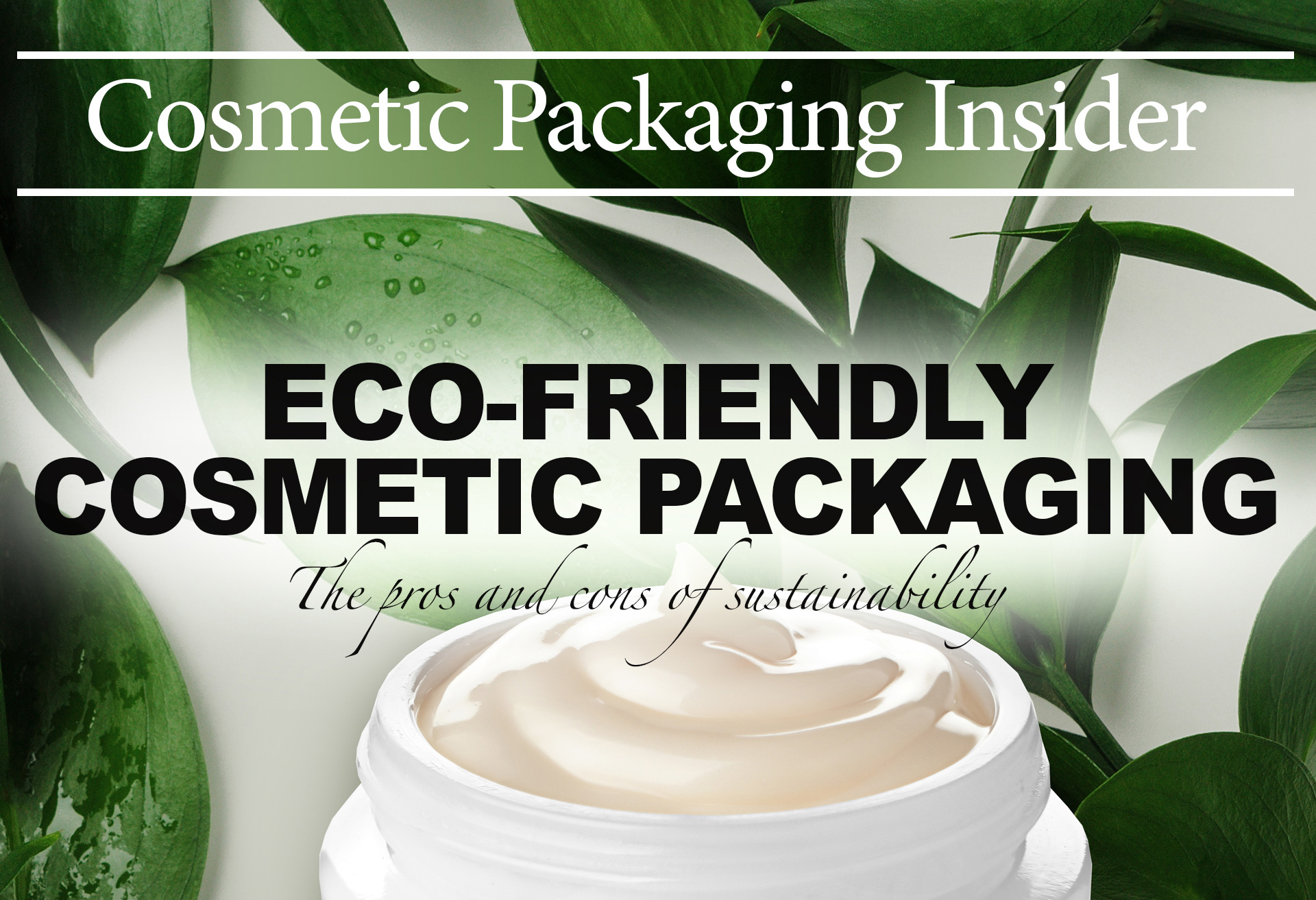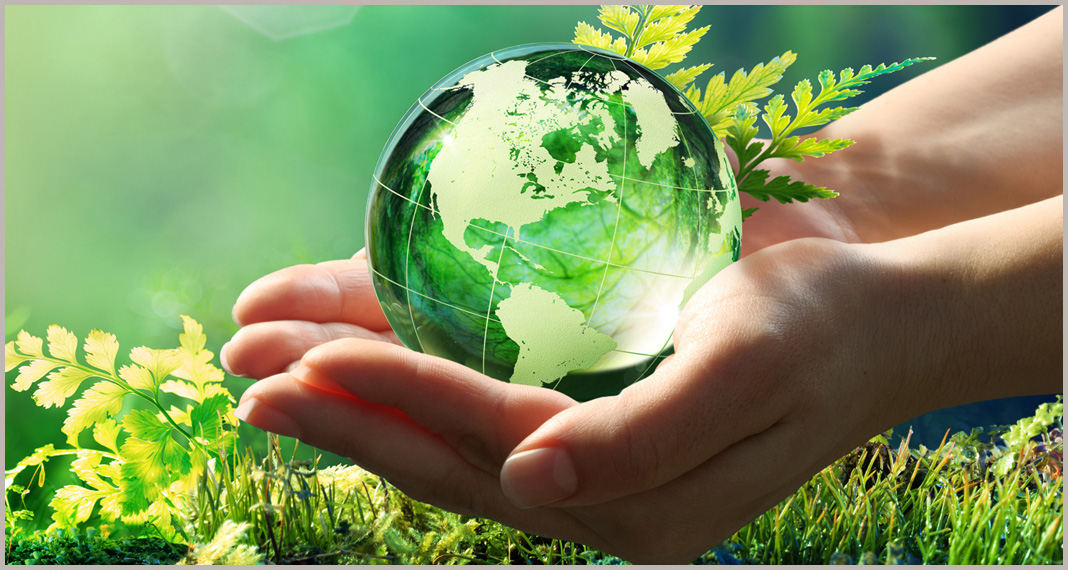
Your online cosmetic and personal care product packaging resource!
“...switching to eco-friendly, sustainable cosmetic packaging is not as easy or straightforward as one would hope.”


onsumers are putting pressure on companies to be more sustainable, and it is not just millennials. In a recent survey, over 60% of consumers over the age of 50 identified as being environmentally aware, and many stated that sustainable packaging factors into product buying decisions. While this is only one survey, the trend is clear – from Gen Xers to Baby Boomers, consumers want eco-friendly products and packaging.

The cosmetics industry is feeling the pressure, as consumer demand is forcing companies to find alternatives to the tried and true – plastic. Most plastic packaging used is not recycled, and the EPA states that nearly 70% of plastic packaging ends up in landfills. There is also growing concern that as consumer plastic products degrade, microplastic particles can be produced, which can have a negative impact on marine habitats.
Unfortunately, as with many things in life, switching to eco-friendly, sustainable cosmetic packaging is not as easy or straightforward as one would hope.
Plastics transformed the cosmetics and personal care products industries during the middle part of the 20th century. Prior to the plastics boom, soaps were sold in bars, perfumes and colognes in glass bottles, and other personal care products in metal tins. Along came plastic and it was a no-brainer. Plastic is durable, shatterproof, versatile and easy to produce. At that time, no one even considered the possibility of the huge environmental impact plastics pose today.
So, if not plastics, then what? Many companies are coming up with innovative ways to solve the problem. For example, sugarcane derivatives and bamboo are being used by some companies to contain their products. Glass and aluminum are making a comeback. Some companies are experimenting with paper and cardboard as alternatives to plastic. Others are looking at doing away with packaging all together – block lipsticks, soaps, deodorants, shampoos, and conditioners with no, or minimal, packaging. Some of these products would even require that you add your own water!
Are these options really better than plastic? No so fast, say some critics. Bamboo and sugarcane can create land use issues, destroying fragile habitats, and decreasing farmland and increasing food costs in a world that already struggles with hunger on a daily basis. Glass and aluminum use huge amounts of energy to produce, potentially trading one form of pollution for another. Increased use of paper products, some experts argue, will lead to increased deforestation - something we simply cannot afford with the looming global warming crisis.
The other factor to consider is that, while consumers want sustainable and eco-friendly packaging, they also want packaging that is convenient, sturdy, lightweight, hygienic, and cost-effective. Plastic has been the best solution to meet these needs. The ultimate solution to this dilemma remains to be seen. Clearly, the environmental impact of plastics needs to be addressed, and companies are working feverishly to meet consumer expectations. For now though, it seems that plastic is the best choice for cosmetic and personal care products and is here to stay. For the consumer concerned about the environmental impact of plastics - as we all should be – the best strategy would be to focus on recycling as much as possible and making sustainable choices whenever feasible. 
November 2019
Your online cosmetic and personal care product packaging resource!
Check out our latest news, product reviews, and expert tips so you stay up to date with what is going on in the industry!



